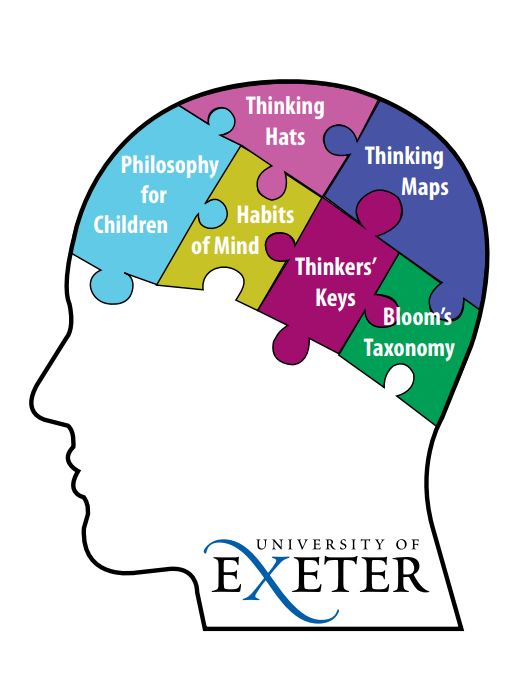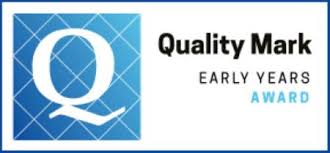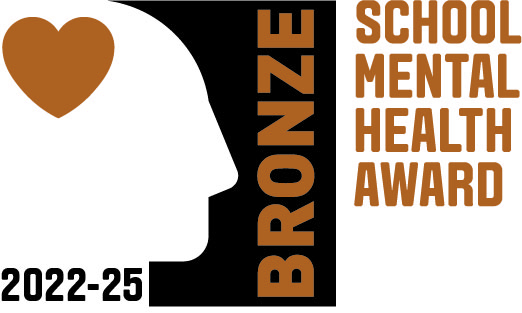Phonics at Hillcross
Phonics is the basis for reading and writing skills. At Hillcross, we set children up for lifelong reading and spelling when we teach phonics rigorously and comprehensively. Phonics develops the skills needed to hear sounds in words (phonemes) and match them to the corresponding visual representation (Graphemes). Reading and writing are like a code: phonics is teaching the child to crack the code. At Hillcross, our phonics Programme is Phonics International (PI).
The design of the Phonics International programme takes account of international research on reading instruction and leading-edge practice. The programme is systematic, comprehensive and also innovative - informed by years of teaching and teacher-training experience. The basis of the programme is to teach the letter/s-sound correspondence knowledge (letters, letter groups and sounds) of the English Alphabetic Code and how to put this code knowledge to use applying the three skills of:
1) all-through-the-word 'sounding out' and blending for reading (synthesising);
2) segmenting for spelling (splitting up spoken words into their smallest constituent sounds and knowing which letters or letter groups are code for the identified sounds);
3) handwriting the letter shapes correctly. The ultimate aims of the programme include learners gaining an enriched vocabulary and developing their comprehension in the process of learning to read, spell and write in the English language. Learners also benefit from building-up specific spelling word banks into their long term memory for writing purposes.
In the EYFS, pre Phonics is based upon phase 1 of Letters and Sounds and Development Matters, in order to effectively prepare for the Phonics International programme.
Within EYFS, Phonics is taught incidentally through the continuos provision and range range of play opportunities available to the children daily and systematically through a set phonics session. In Nursery these session will focus on the development of oral listening skills as well as focusing on speech and development the pronunciation of individual sounds.
In Reception, daily phonics teaching will work through the PI units during the daily 20 mins phonics session. The focus for each of these sessions will be:
1. Revisit and review: Revise old learning of the letter/s-sound correspondences of the alphabetic code taught to date with ‘quick-fire’ activities (for example, with grapheme flash cards for younger learners and Say the Sounds Posters with learners of any age). Practise from print-to-sound for reading and from sound-to-print for spelling.
2. Teach: Adult introduces new learning of the next, or focus, letter/s-sound correspondence and models blending (decoding for reading), oral segmenting (encoding for spelling) and handwriting with a few selected cumulative words.
3. Learner-practice at word level: Include the new or focus letter/s-sound correspondence for intensive, personal practice of the three core skills of blending, segmenting and handwriting at word level using the cumulative word banks
4. Apply and extend: Further learner-practice with cumulative Simple Sentences, Sentences and I can read text level resources. This session will focus on the writing of words and sentences as well as reading.
Teaching sessions will use a range of PI resources to develop the children phonics recall and apply these to reading and writing.
In addition to the PI resources, teaching sessions may use the following teaching tools; Espresso phonics; Phonics Play games; LGFL Grammar and teacher created resources. All of these resources will be used to compliment the PI resources and progression of phonemes and ensure the phonemes are taught in the order stated within each PI unit.








